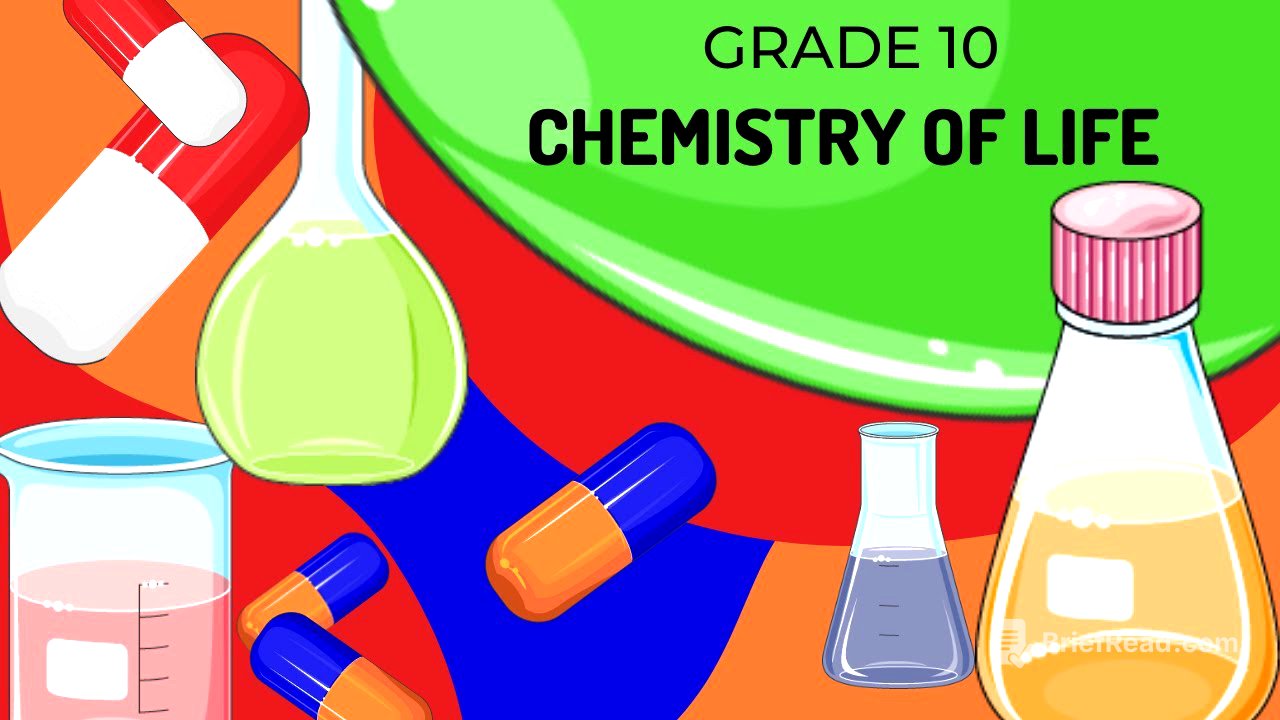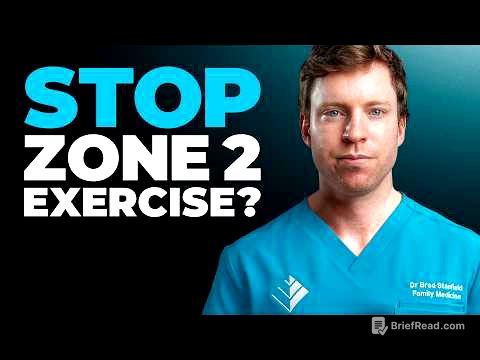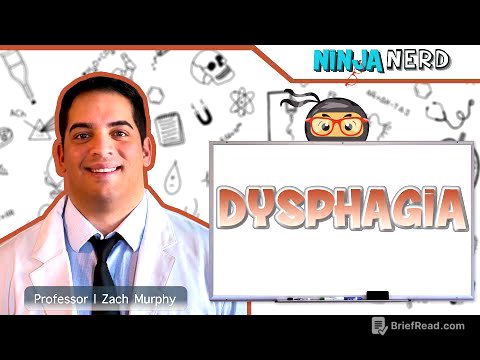TLDR;
This video is an introduction to biochemistry, covering the basics of organic and inorganic compounds. It explains the key differences between organic and inorganic compounds, focusing on the presence and arrangement of carbon and hydrogen atoms. The video then dives into specific examples of inorganic compounds like water and minerals, highlighting their importance in living organisms. It further explores organic compounds like carbohydrates, proteins, and lipids, explaining their structures, functions, and how to test for their presence.
- Organic compounds contain carbon and hydrogen, while inorganic compounds may or may not contain carbon.
- Water is a crucial inorganic compound essential for life, acting as a solvent and playing a vital role in chemical reactions.
- Minerals are inorganic compounds required in varying amounts for various bodily functions.
- Carbohydrates are organic compounds that provide energy and structure, with monosaccharides as their building blocks.
- Proteins are organic compounds that form the building blocks of life, with amino acids as their building blocks.
- Lipids, also known as fats, are organic compounds that serve as energy reserves, transport fat-soluble vitamins, and provide insulation.
Biochemistry [0:00]
This chapter introduces the concept of biochemistry and explains the fundamental difference between organic and inorganic compounds. Organic compounds are defined by the presence of carbon atoms bonded to hydrogen atoms. Examples of organic compounds include DNA, table sugar, methane, and ethanol. Inorganic compounds, on the other hand, may or may not contain carbon, and their structure is different from organic compounds. Examples of inorganic compounds include table salt, carbon dioxide, diamonds, and silver.
Inorganic Compounds [1:59]
This chapter focuses on water, a crucial inorganic compound essential for life. Water is a polar molecule, meaning it has a slightly negative charge on one side and a slightly positive charge on the other. This polarity allows water to form hydrogen bonds with other water molecules, leading to its cohesive properties. Water is also an excellent solvent, making it ideal for carrying out chemical reactions and transporting substances within living organisms. Water plays a vital role in various bodily functions, including temperature regulation, lubrication, and protection. In plants, water is essential for maintaining turgor pressure, which helps them stay upright.
Minerals [5:55]
This chapter discusses minerals, which are inorganic compounds required for various bodily functions. Minerals are classified into macronutrients, needed in large amounts, and micronutrients or trace minerals, needed in smaller amounts. Plants obtain minerals from the soil, while animals obtain them through their diet. The video highlights the importance of various minerals like calcium, magnesium, potassium, iron, and zinc, explaining their sources and functions in the body. It also mentions the potential health consequences of mineral deficiencies.
Carbohydrates [9:17]
This chapter delves into carbohydrates, organic compounds that are a primary source of energy for living organisms. Carbohydrates are made up of monosaccharides, which are simple sugars like glucose, fructose, and galactose. These monosaccharides can combine to form disaccharides (two monosaccharides) and polysaccharides (many monosaccharides). The video explains the different types of carbohydrates, their functions, and their importance in providing energy, storing energy, and providing structural support in plants.
Testing for Starch [14:02]
This chapter focuses on a simple test to detect the presence of starch. The test involves using iodine as an indicator. Iodine changes color from brown-yellow to dark blue-purple in the presence of starch. The video explains how to perform this test and how to interpret the results.
Testing for Reducing Sugars [14:59]
This chapter explains how to test for reducing sugars, which include fructose, glucose, sucrose, and galactose. The test uses Benedict's solution as an indicator. Benedict's solution is a bright blue liquid that changes color depending on the concentration of reducing sugars present. The video explains the procedure for performing the test and how to interpret the color changes.
Organic Compounds: Proteins [17:33]
This chapter focuses on proteins, organic compounds that are the building blocks of life. Proteins are made up of amino acids, which are linked together to form polypeptide chains. The video explains the structure of proteins, their functions, and the importance of the order of amino acids in determining protein function. It also mentions that proteins can take on various shapes, including fibrous and globular, which influence their function.
Testing for Protein [21:51]
This chapter explains how to test for the presence of protein using Biuret's reagent. Biuret's reagent is a light blue solution that turns a deep purple color in the presence of protein. The video explains the procedure for performing the test and how to interpret the results.
Testing for Lipids [29:18]
This chapter explains how to test for lipids, also known as fats. Unlike other tests, there is no indicator added to the substance. Instead, lipids leave a greasy stain on filter paper. The video explains how to perform this test and how to interpret the results.
Terminology Recap [30:21]
This chapter provides a recap of the key terminology covered in the video, including organic and inorganic compounds, monomers, carbohydrates, proteins, lipids, and their respective building blocks. It also summarizes the differences between saturated and unsaturated fats.









